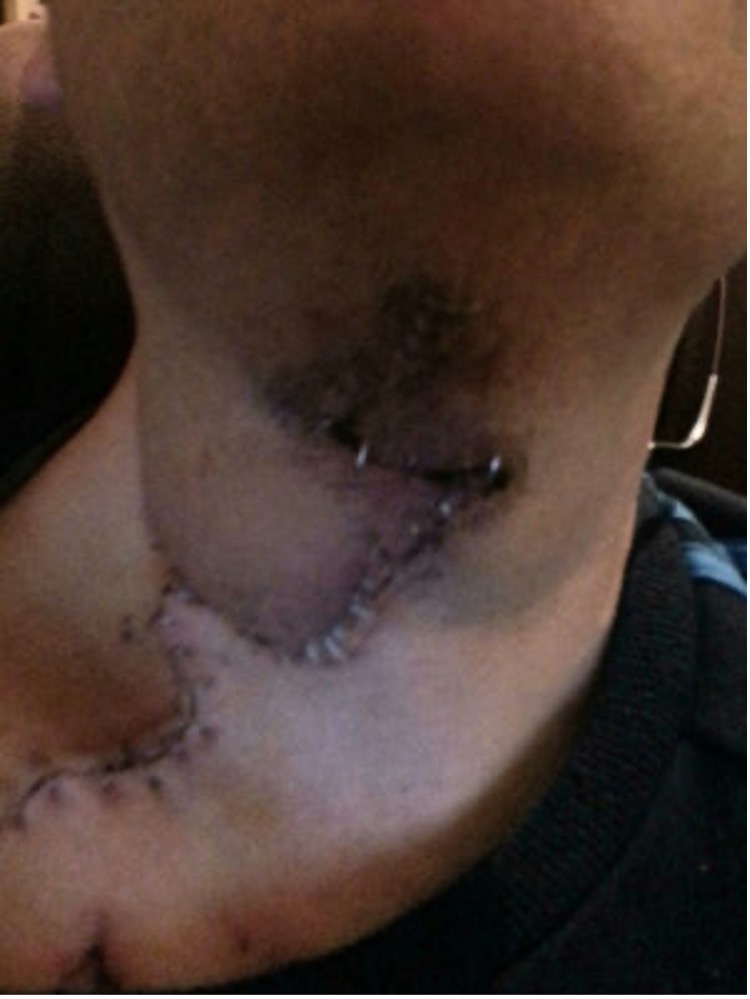
What Is ScarWork?

No matter whether your scar is three months or 30 years old, ScarWork can make a difference. After 3 to 6 treatments, most people find that their scars resume their original colouring, become smaller and less visible, feel more supple and regain their sensation.
The results seem almost miraculous as the scar rapidly changes under the therapist’s hands. Better still, improvements continue in the scar for up to three weeks after a treatment, which is why sessions are spaced at three-week intervals.
Although ScarWork was developed very intuitively, initial scientific research is beginning to back up the remarkable results reported by clients and therapists.
Adrian’s Story: Then and Now




Above: Adrian’s response to ScarWork following major neck surgery.
Frequently Asked Questions
My thanks go to Ruth Duncan of MFR UK and Jan Trewartha of Body in Harmony, for their outstanding knowledge, skills and training in this fascinating area of bodywork. The information provided here is based on training materials supplied by MFR UK and body in Harmony.
Video
Testimonials

